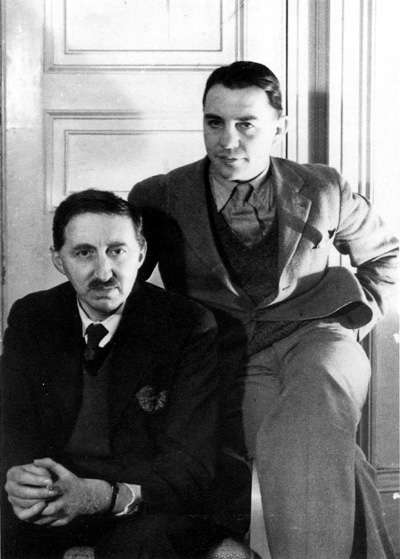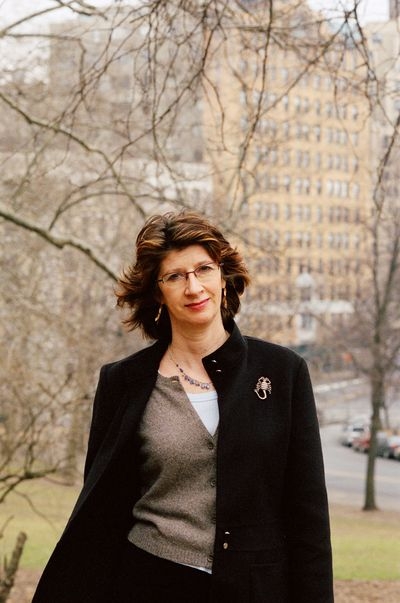Art of Biography
The business of authoring another person’s life is problematic and potentially dangerous. You need to be brave to write biography. It is not just the labour involved, or the obsessive research involving more travel and hours of work than can be deemed cost-effective; it also requires a self-exposing judiciousness. At every stage in the procedure decisions are made, not with the support of a committee or a line manager, but usually by the biographer alone. The rightness or wrongness of these decisions affects not only the selection and handling of the material, but also almost every aspect of the project, from the initial negotiations with descendants of your subject, the literary executor or interested parties, to the publicity that surrounds the book’s publication.
... (read more)Nine Lives: Postwar Women Writers Making Their Mark by Susan Sheridan
Australian Dictionary of Biography Vol. 17, 1981–1990, A–K edited by Diane Langmore
Last year, in the Australian Book Review/La Trobe University Annual Lecture series, Ian Donaldson gave a sparkling talk on biography. He told us that it has emerged as something of a cultural phenomenon in recent years, with a biography section at the front of many bookshops. We now know that the genre has endless possibilities (biographers have written about London, Paris, the pineapple and the potato), and that, despite its dissenters, biography has even become acceptable within the academy. My brother, a paediatrician who works in intensive care, has been known to end telephone conversations by saying: ‘Gotta go, got lives to save.’ Ever since Ian Donaldson’s talk, with its wonderful title, ‘Matters of Life and Death: The Return of Biography’ (ABR, November 2006), I have felt able to say: ‘Gotta go, got lives to write.’
... (read more)


